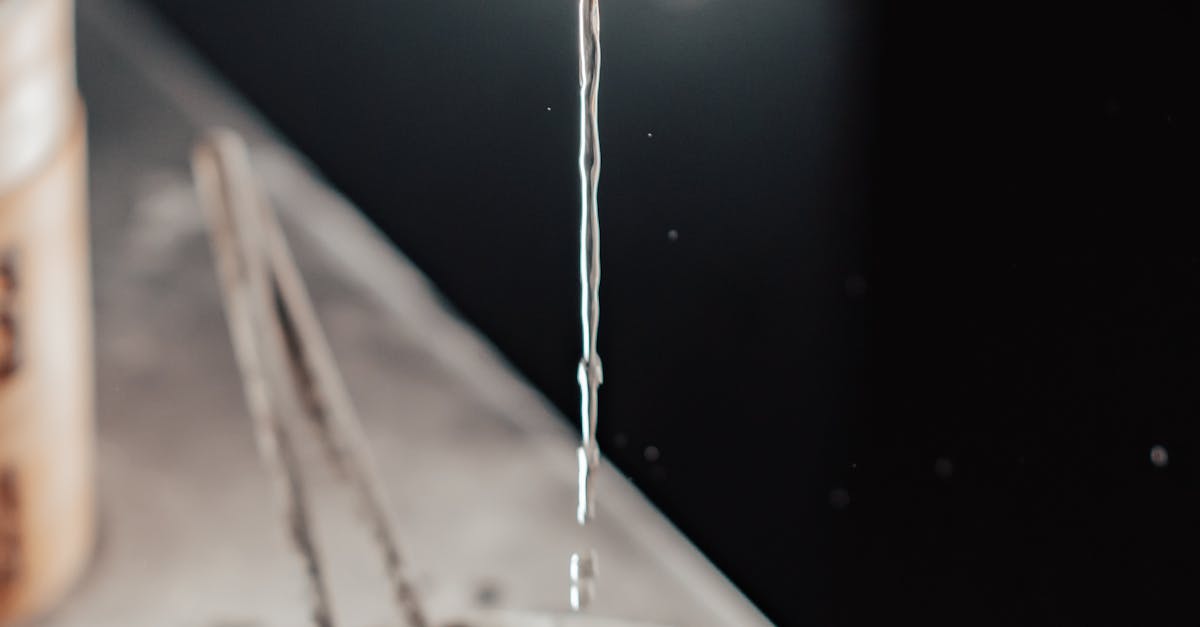Chapati, also known as roti, is a staple unleavened flatbread in many Indian households. Its simple ingredients and quick cooking time make it a popular choice for meals. In this blog post, we will guide you through the process of making chapati step by step. Whether you’re a novice in the kitchen or an experienced cook, these instructions will help you achieve perfectly soft and delicious chapatis.
| Step | Description |
|---|---|
| 1 | Gather Ingredients |
| 2 | Mix Flour and Water |
| 3 | Knead the Dough |
| 4 | Rest the Dough |
| 5 | Divide the Dough |
| 6 | Roll the Chapati |
| 7 | Heat the Pan |
| 8 | Cook the Chapati |
| 9 | Puff the Chapati |
| 10 | Serve Hot |
Gather Ingredients
The first step in making chapati is to gather all the necessary ingredients. You will need whole wheat flour, water, salt (optional), and a little oil (optional). Ensure that your flour is fresh and of good quality, as this will affect the texture of your chapati.

Mix Flour and Water
In a mixing bowl, combine the whole wheat flour and salt if you are using it. Gradually add water to the flour while mixing with your hand or a spoon. The amount of water may vary, but generally, you will need about 1 cup of water for every 2 cups of flour. The goal is to form a soft dough.

Knead the Dough
Once you have mixed the flour and water, it’s time to knead the dough. Transfer the dough to a clean surface and knead it for about 8-10 minutes. The dough should become smooth and elastic. If it feels sticky, sprinkle a little flour; if it’s too dry, add a few drops of water. Kneading is crucial for developing gluten, which gives chapatis their characteristic texture.

Rest the Dough
After kneading, cover the dough with a damp cloth or plastic wrap and let it rest for at least 20-30 minutes. Resting allows the gluten to relax, making it easier to roll out the chapatis. This step is essential for achieving soft and pliable chapatis.

Divide the Dough
Once the dough has rested, divide it into equal portions. Depending on how large you want your chapatis, you can make them the size of a golf ball or slightly larger. Roll each portion into a smooth ball and cover them with a damp cloth to prevent them from drying out.

Roll the Chapati
Take one dough ball and flatten it slightly with your fingers. Dust it with a little flour to prevent sticking, and then roll it out into a thin circle using a rolling pin. Aim for an even thickness throughout. If the chapati sticks to the surface or rolling pin, dust it lightly with more flour.

Heat the Pan
Heat a tawa (griddle) or non-stick pan over medium-high heat. It is important to preheat the pan properly to ensure that the chapatis cook evenly. You can test the heat by sprinkling a few drops of water on the pan; if they sizzle and evaporate quickly, the pan is ready.

Cook the Chapati
Once the pan is hot, place the rolled chapati on it. Cook for about 30 seconds or until you see bubbles forming on the surface. Flip the chapati over using tongs or a spatula and cook the other side for another 30 seconds. You can press down gently with a spatula to help it cook evenly.

Puff the Chapati
For the classic puffed chapati, after cooking both sides, hold the chapati directly over the flame of a gas stove using tongs, or place it back on the pan and press it gently with a clean cloth. This will help the chapati puff up beautifully. Once puffed, remove it from the heat.

Serve Hot
Your chapatis are now ready to be served! Place them in a container lined with a clean kitchen towel to keep them warm and soft. Chapatis are best enjoyed fresh with curries, vegetables, or even yogurt.

FAQ
Can I make chapati with gluten-free flour?
Yes, you can use gluten-free flour such as rice flour or chickpea flour, but the texture and taste will differ from traditional chapati. You may need to adjust the water content and add a binding agent like xanthan gum for better results.
How can I store leftover chapatis?
To store leftover chapatis, let them cool completely and then place them in an airtight container or ziplock bag. You can refrigerate them for up to 3 days or freeze them for longer storage. Reheat them on a pan or microwave before serving.
Why is my chapati hard?
Hard chapatis can result from overcooking, using too little water while kneading, or not resting the dough properly. Make sure to follow the steps carefully for soft chapatis.
For more information on traditional Indian cooking methods, you can visit [National Center for Home Food Preservation](https://nchfp.uga.edu/) and [Food Safety and Standards Authority of India](https://www.fssai.gov.in/).
